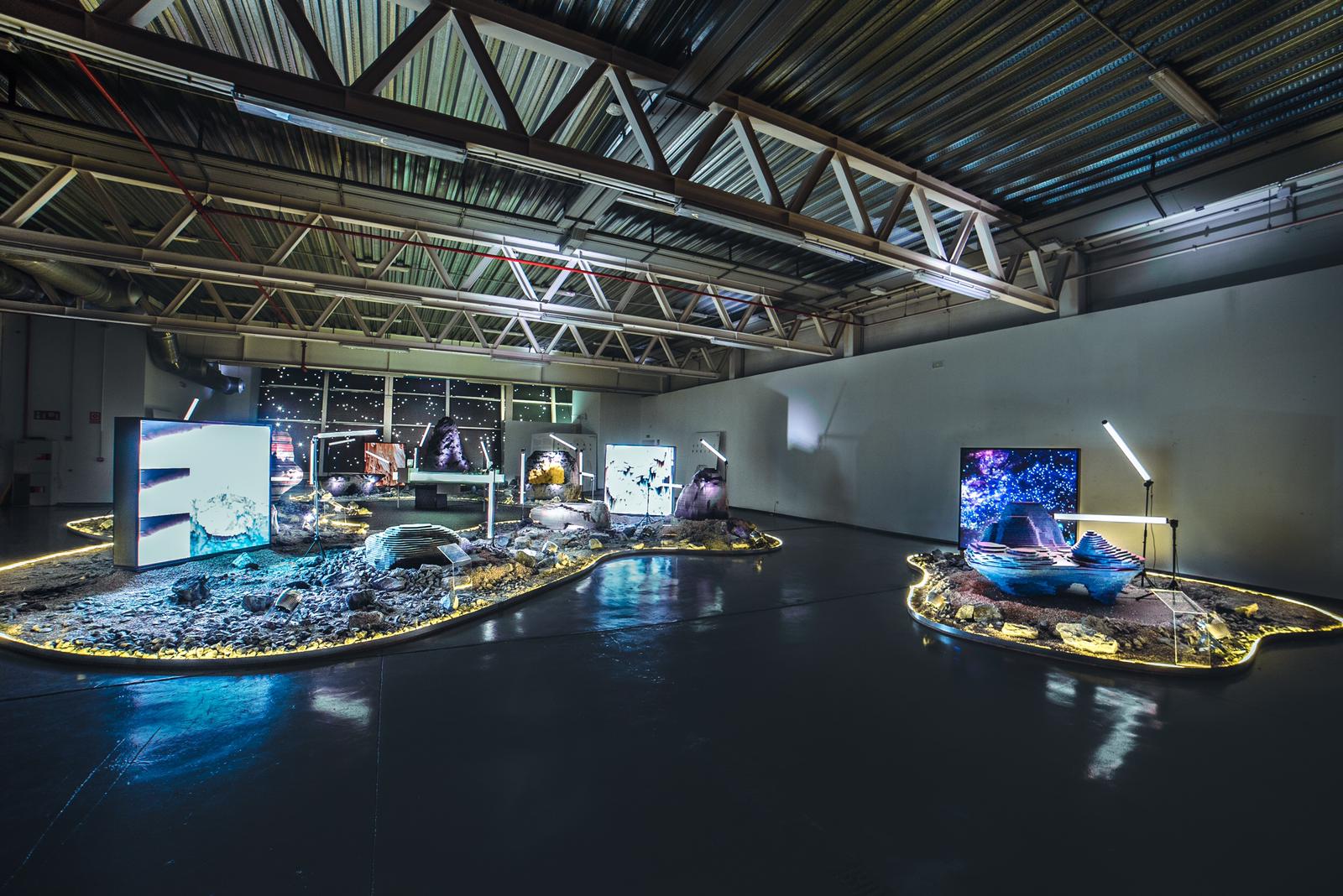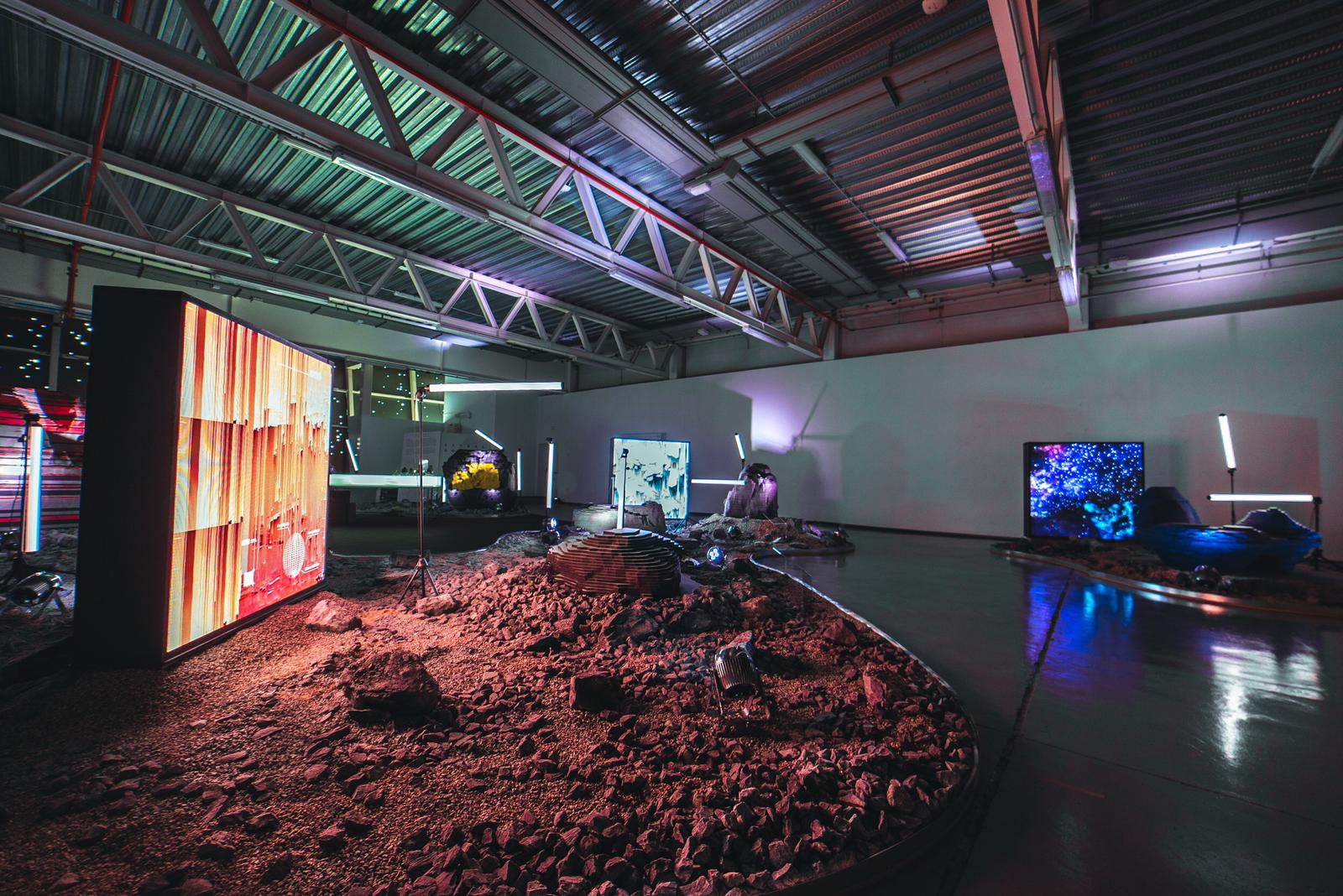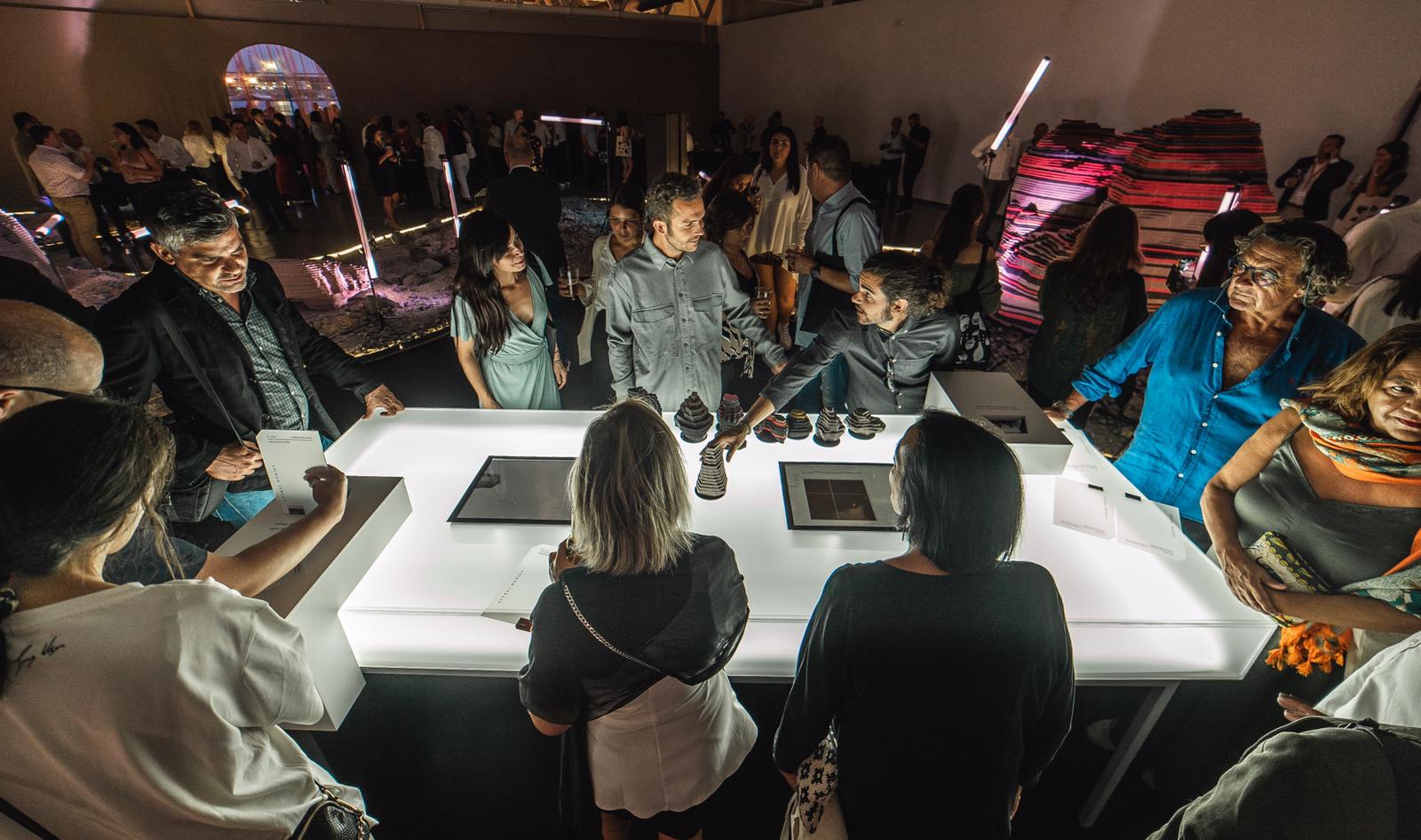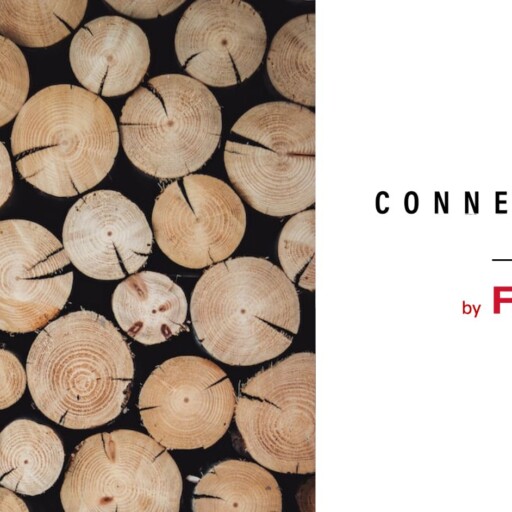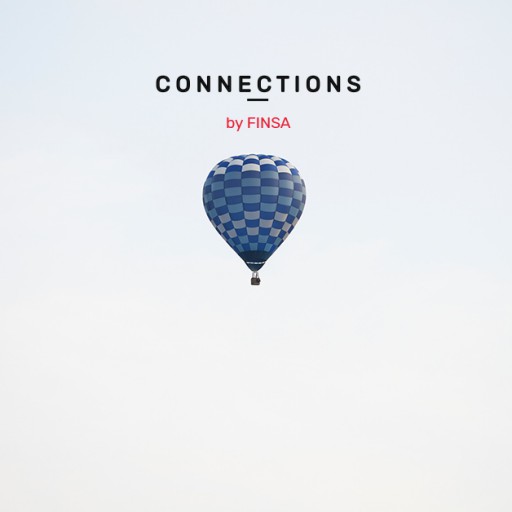The main furniture and interior design fair in Spain, Hábitat Valencia 2019, closed its doors over a week ago. Connections by Finsa was there and today we are bringing you our report about the event.
National and international design
Hábitat Valencia continues to grow and become stronger since Daniel Marco took the reins three editions ago. In 2019, the fair had 33,000 visitors, 25% more than in 2018. The crowd consisted of a combination of national and international, mainly European, visitors.
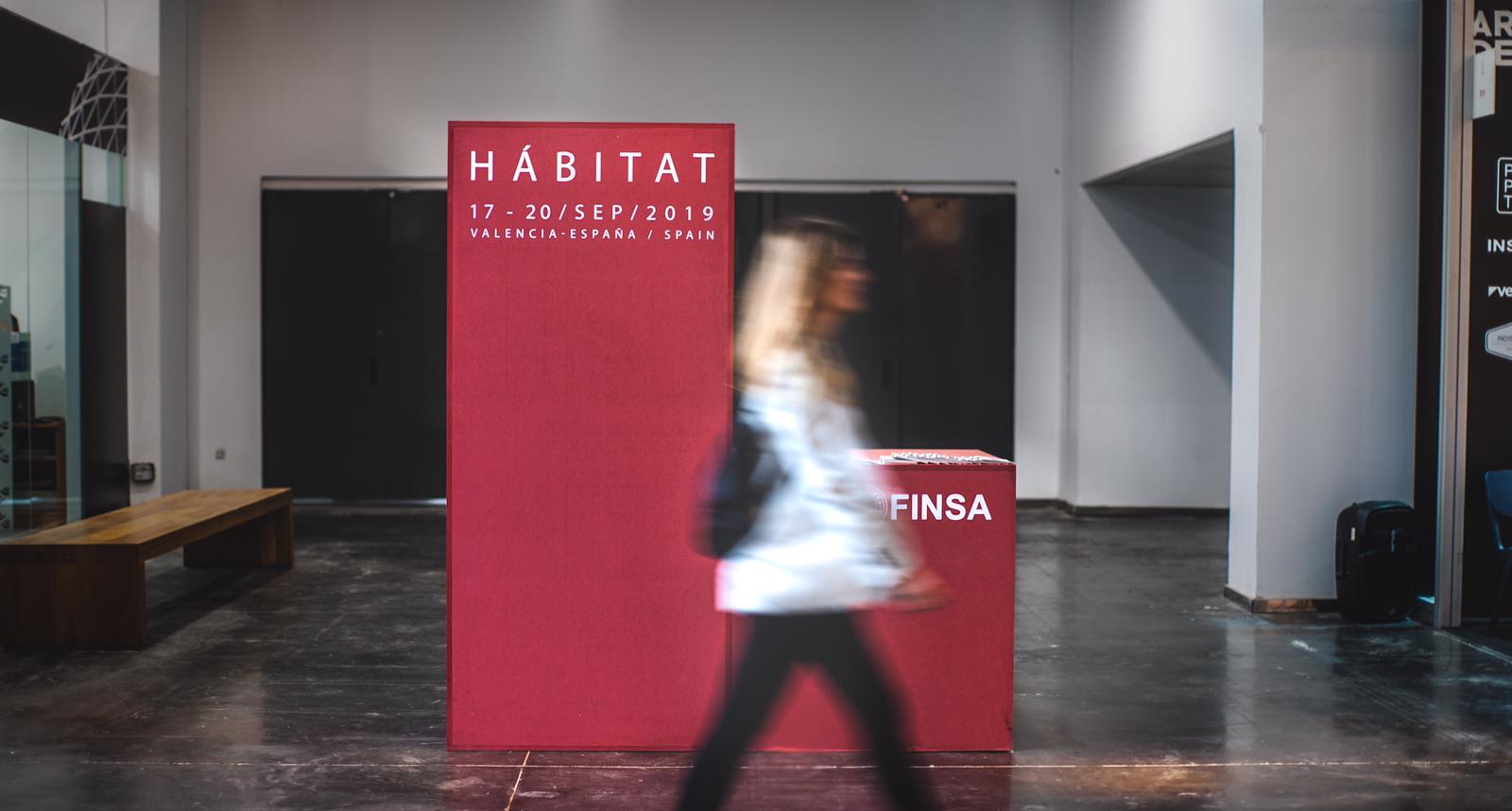
The offering at Hábitat 2019 focused on furniture for the home that is made in Spain and was spread out over 65,000 square metres in six pavilions. The increase in contract companies was also noted, as well as the sale of accessories for the home. International brands are more attracted by this fair every year, including Italian names like Battistella and Lapalma.
Among the over 500 exhibitors, Actiu, a reference point in the sector of work space design, really stood out. Other cutting-edge companies from the sector that showed off their newest ideas in Valencia were Lagrama, Muebles Ros, JJP, Ramis, and Tobisa.
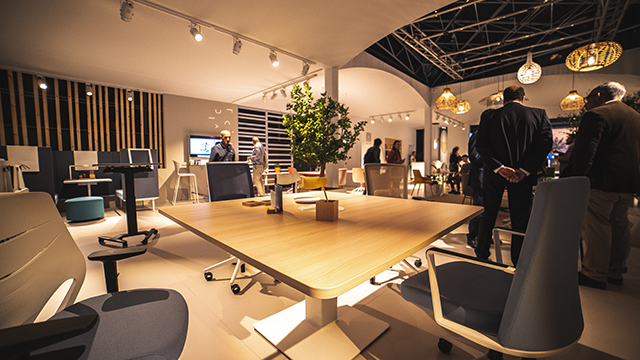
The trends at Hábitat Valencia 2019
We saw a lot of wooden furniture with touches of design in Valencia, from oaks with cracks to walnut, showing the Italian influence. There were also stones and marbles, but these were mainly seen in melamine reproductions.
One of the trends that captured our attention was the use of textiles with very strong weaves for the interior of certain furniture pieces. Wardrobes and sideboards with transparent glass doors had interiors created with care and to be seen. Perhaps it’s the effect of Marie Kondo‘s method of showing the beauty found in order.
In the world of colour, all shades of green continue to dominate, a trend we saw earlier this year at the Salone de Milan. We also saw furniture that incorporated texturized surfaces, such as furniture from Tobisa made with lacquered Superpan in pastel tones with grooves that gave it a unique texture.
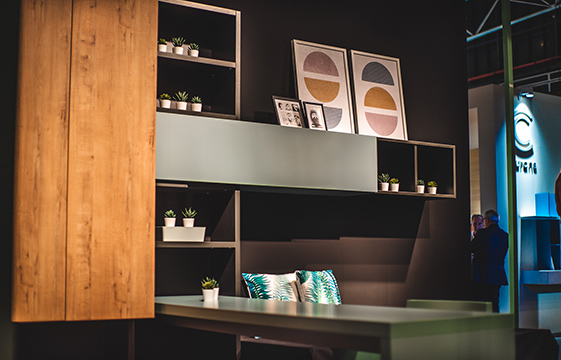
Nude Generation
Nude is a space just for emerging designers to help them connect with the industry. The twelve studios and seven design schools at this edition were chosen by a professional panel of judges who based their selections on versatility, functionality, and the use of new materials in the selected projects. Here we saw interesting projects that were all very different from each other, from the SalLight lamps from OtherLife that remove ions emitted by electronic devices from the air, to the tables and stools from Organica Collection that use both the traditional material of solid wood and a technological material like the polymers used in 3D printing.
Nude was further enriched this edition by the creation of the Talento Nude by Finsa & Actiu prize, which was awarded to the Lithuanian designer Agota Rimsaite and Spanish designer Cristina Sanchéz from 38 grados for their Junts lamp. It is a very contemporary, minimalist, and harmonious design, which allows light to be adjusted by changing the position of the part that lights up. Simplicity, poetry, emotion, playfulness, and interaction all come together in the same product.
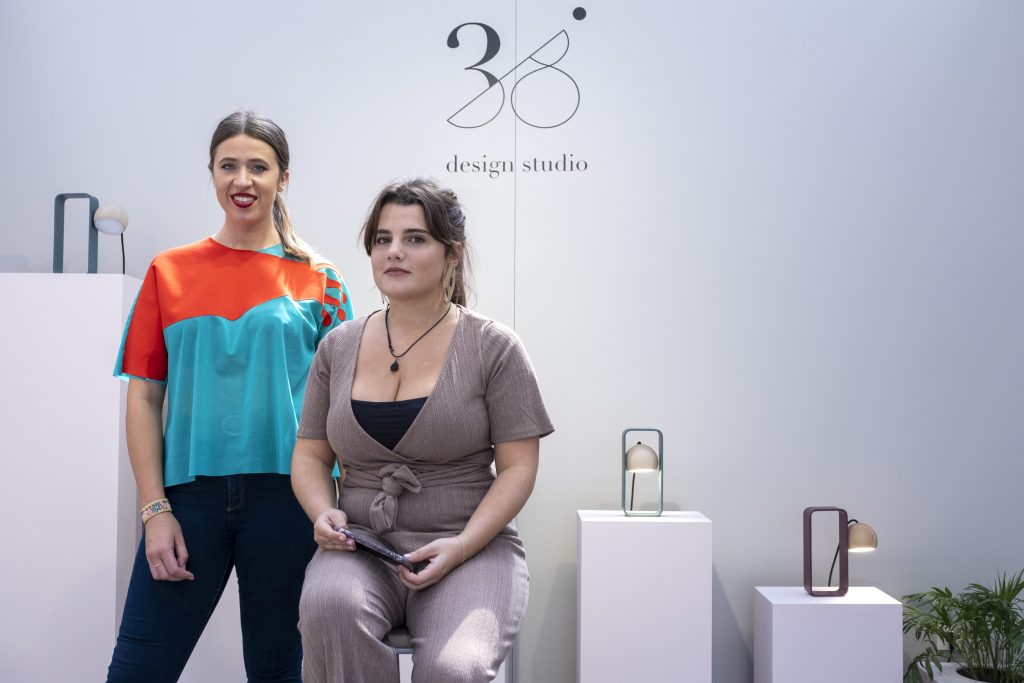
Ágora Nude: contract, design, and interior design
The Nude space also welcomed the conference program, round tables, and workshops for Ágora Nude. This year it focused on the relationship between contract, design, and interior design, digital challenges and the consumer experience, with presentations from renowned professionals like Teresa Sapey, Jaime Sanahuja, Wanna One studio, and Enorme Estudio, who spoke about new materials.
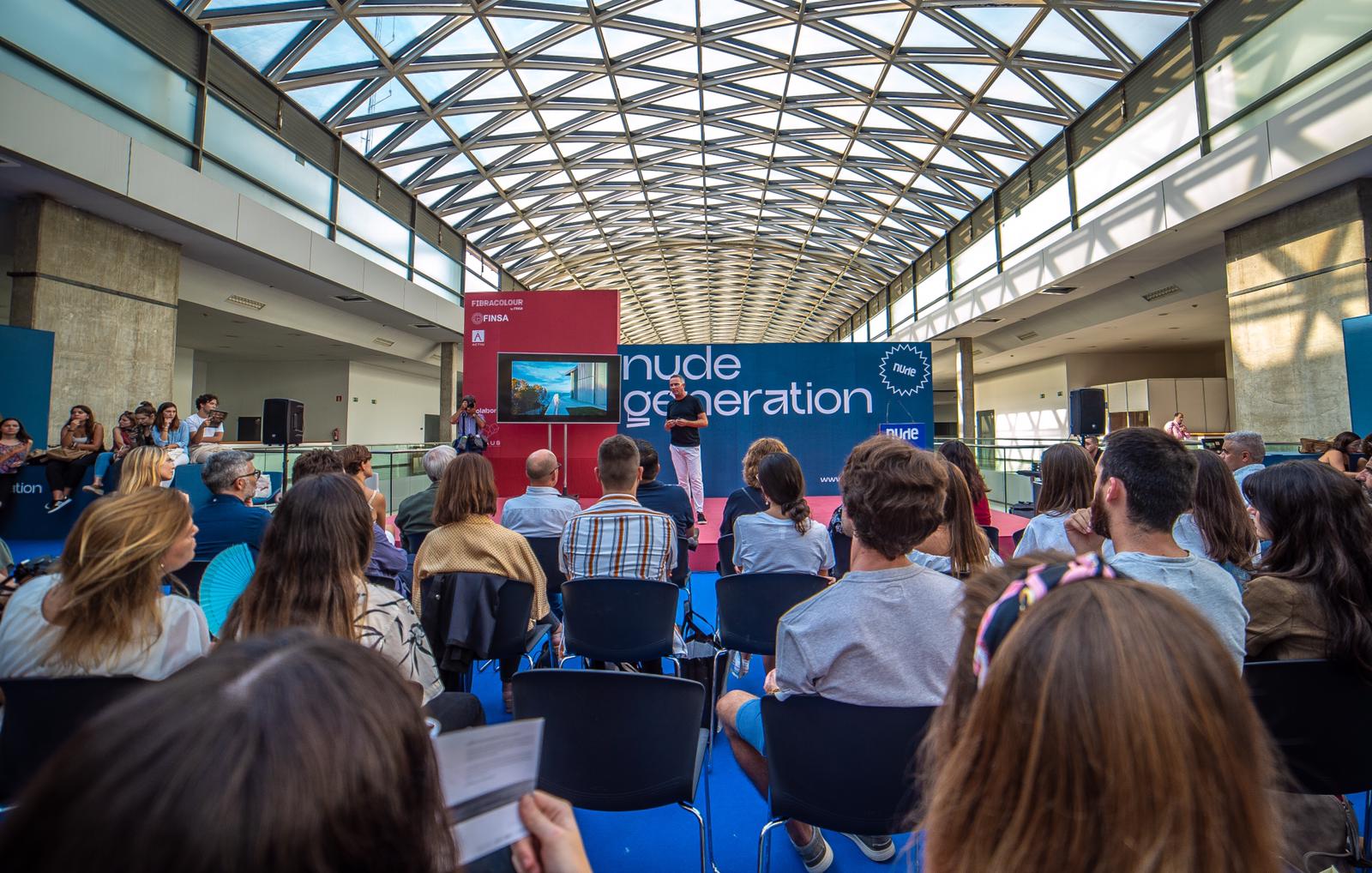
Ágora Nude also hosted visits from Luisa Bocchietto, president of the World Design Organization (WDO), which was responsible for choosing Valencia as World Design Capital 2022, and Red, Reunión de Empresas Españolas de Diseño, a network of Spanish design companies that held a round table discussion about design made in Spain. Architect Ramón Esteve gave a talk entitled “Design: why, how, and what for” to open the retrospective of his work that we enjoyed at the Valencian fair.
Valencia Disseny Week 2019
The city once again counted on the work of the Asociación de Diseñadores de la Comunitat Valencia (the Association of Designers of the Autonomous Community of Valencia) to put its best foot forward with visitors. Every year for the last ten years, the ADCV has put together an interesting calendar of events for the whole city to reclaim the role of design and innovation as drivers of activity. The program includes exhibitions, conferences, workshops, and presentations like the documentary ‘Rams‘, which is a portrait of the influential German designer.
The highlights of the edition included a classic in the exhibition of the winning projects from the ADCV Awards 2019, as well as a few new things, like the Miradors del’Horta festival and the Astral Bodies by Finsa exhibit. The latter debuted at the last edition of the Salón del Mobile in Milan, and in Valencia it took on a new appearance and offered a bigger immersive experience for the public. The meteorites, now on land, became archaeological bodies, and an interactive table allowed visitors to “investigate” the composition of each one.
